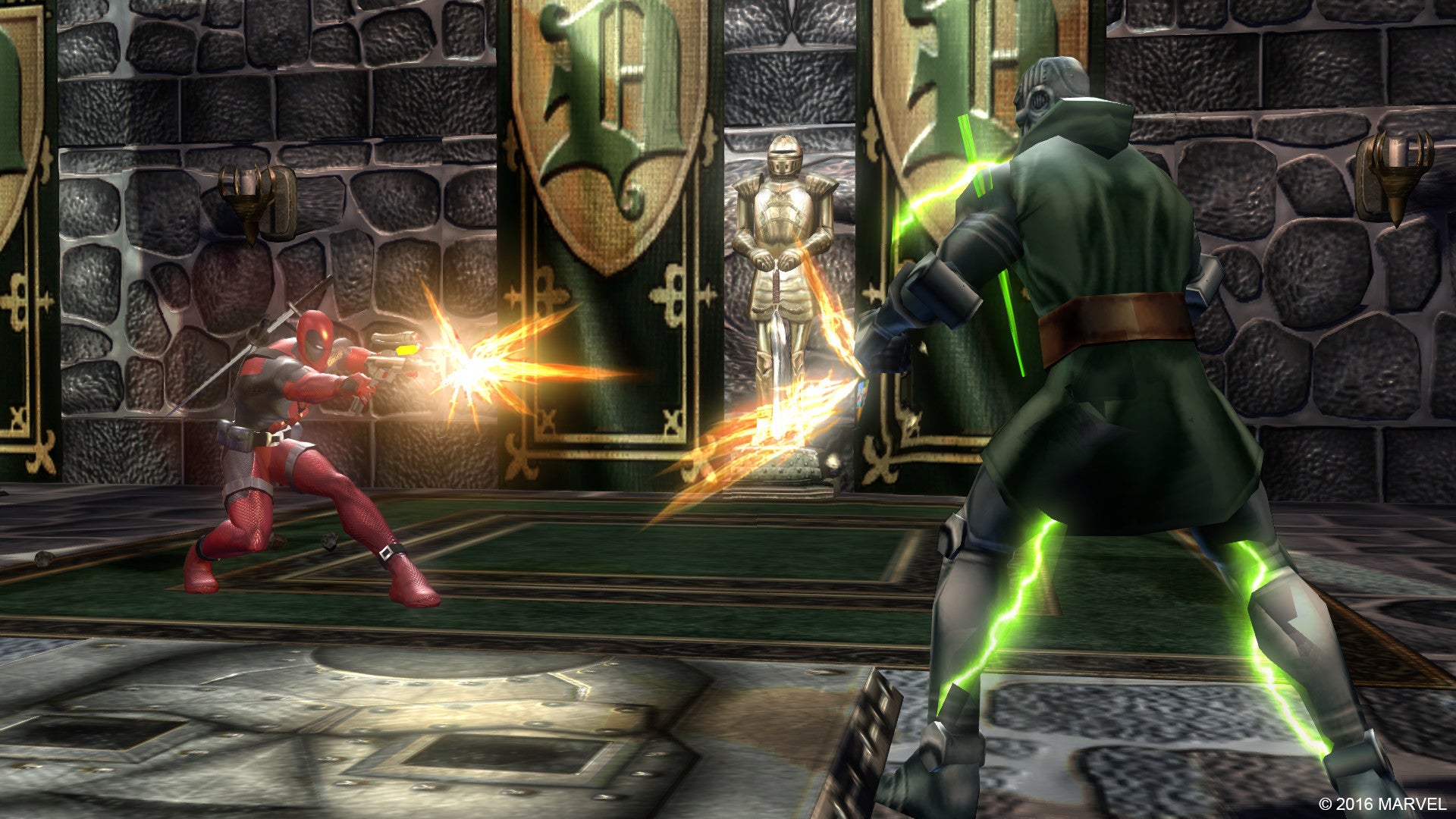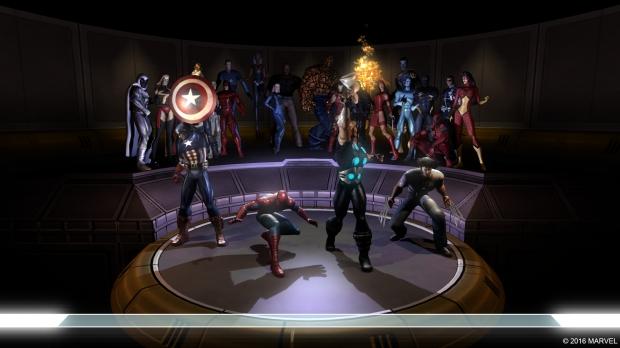
Games were young and so it was natural to fiddle around with the way they controlled. Sony’s take on pictorial buttonsįor a while it was the wild west of controller mapping, but it was also the wild west of game design so no one really cared. It took effort to press that button, so it was usually relegated to menu functions, weapon switching, or whatever the least used function of a game was.

The only button that we all could agree wasn’t a main button was the very top button, the X button. Still, “shoot” could be considered the main function in games like this, and that gave us three buttons all with “main” functions mapped to them, all different. This was a further consequence of mapping jump to B since you could comfortably lay your thumb over the B button and Y button at the same time, giving you access to both actions without cramping your hand. Many action games would map “attack” to the Y button.

The evolution of further platformers, like run-n-guns, action games, and fighting games further muddied the waters. Platformers mapped their “main” button to B while other games, like RPGs, mapped their main button to A. This confused many a child playing Super Mario World for the first time, seeing Mario spin like a madman. So the position of the “main” button changed. If they didn’t screw it all up by making the main button on their first breakout SNES game, Super Mario World, B! B was normal jump and A was spin jump. Thus, people could still remember that the A button was the main button, the B button was an auxiliary button, and then there were yet more buttons that provided yet more functions and this would have worked… They then paired the B button with it, slightly to the left and down, and then mirrored that position with X and Y. They decided that they would leave the A button where it was so people could remember its location. However, technology evolved and Nintendo, like many after them, would adopt four face buttons in a + formation.

It rested right about where your thumb rested, and the B button for every other function was located to its left. It was the first letter of the alphabet so it was the most important button. On this controller, the A button was usually mapped to whatever was the most important game function. Way back in the day, Nintendo had a simple two button controller. This should be fine if all games used the same controller map, but they don’t! Why? Well let’s take a trip down stupid memory lane to find out. The B button on an Xbox controller is the A button on a Switch controller and vice versa, and the same goes for X and Y. For those of you who haven’t experienced this, both of these controllers use the buttons A, B, X, and Y, but not in the same place. The thing is, it’s hard to memorize button layouts, especially when the Nintendo Switch and Xbox One controller seem to be deliberately confusing. You might all have your controller of choice but it’s always going to show up at an Xbox controller. If you are a PC gamer, you are used to this song and dance. Apparently all game designers just assume that you’ve memorized one of three major controller layouts these days. I don’t know how in the long history of game development we have still managed to create a game that doesn’t adequately tell you what buttons to press. “I repeat… that’s stupid.” The layout problemĪnd you know what, it was stupid. On a Nintendo controller it’s reversed but the selection button is also reversed so it’s OK.”
#Marvel ultimate alliance pc controller patch full
“Oh no wait, don’t press the A button, press the button that would be the A button if you were playing with a full controller.”

“I’m pressing the A button, it’s not working.” I’d like to share with you an actual conversation that happened between me and a friend while playing Marvel Ultimate Alliance 3 with a pair of Jo圜ons turned to their side.


 0 kommentar(er)
0 kommentar(er)
